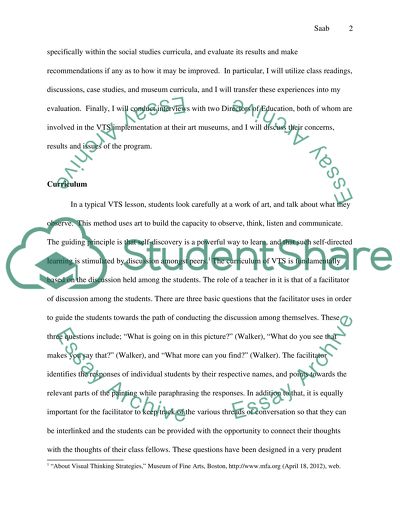Cite this document
(“Visual Thinking Strategies Research Paper Example | Topics and Well Written Essays - 4000 words”, n.d.)
Retrieved from https://studentshare.org/education/1399119-visual-thinking-strategies
Retrieved from https://studentshare.org/education/1399119-visual-thinking-strategies
(Visual Thinking Strategies Research Paper Example | Topics and Well Written Essays - 4000 Words)
https://studentshare.org/education/1399119-visual-thinking-strategies.
https://studentshare.org/education/1399119-visual-thinking-strategies.
“Visual Thinking Strategies Research Paper Example | Topics and Well Written Essays - 4000 Words”, n.d. https://studentshare.org/education/1399119-visual-thinking-strategies.


